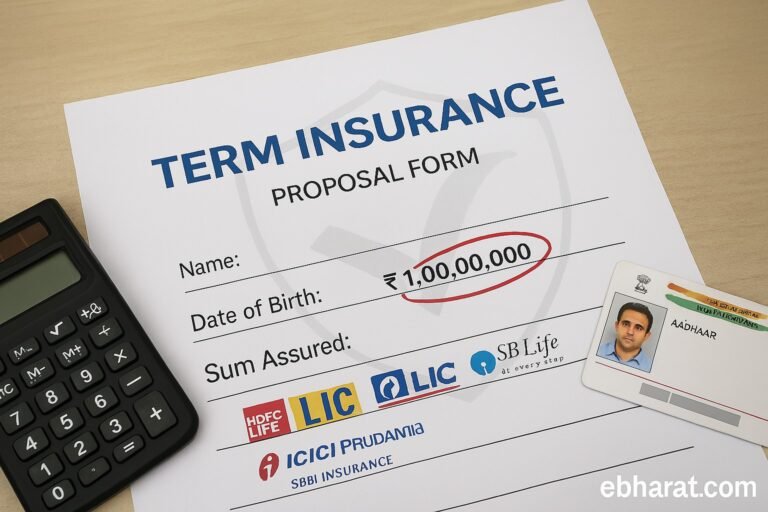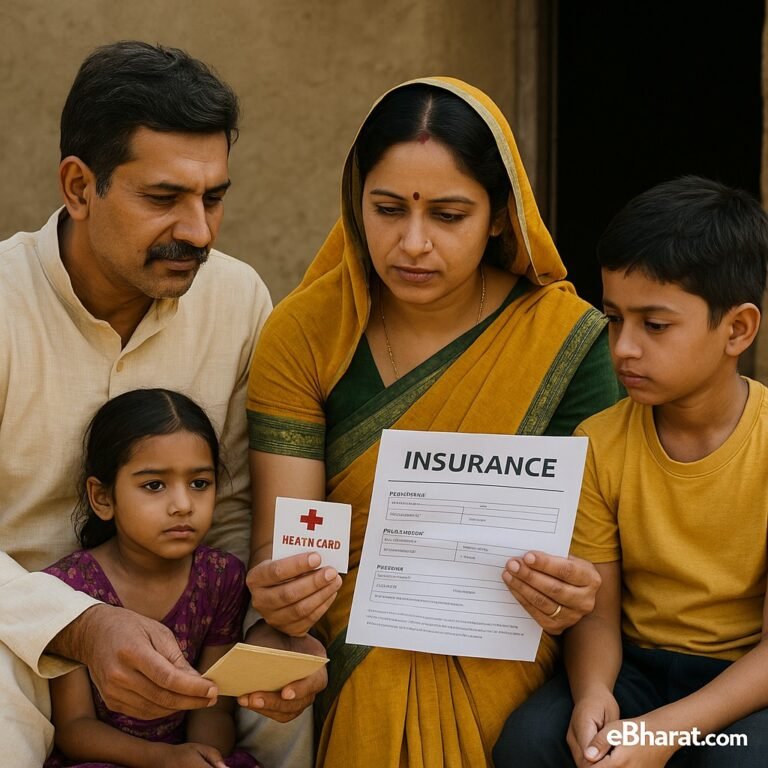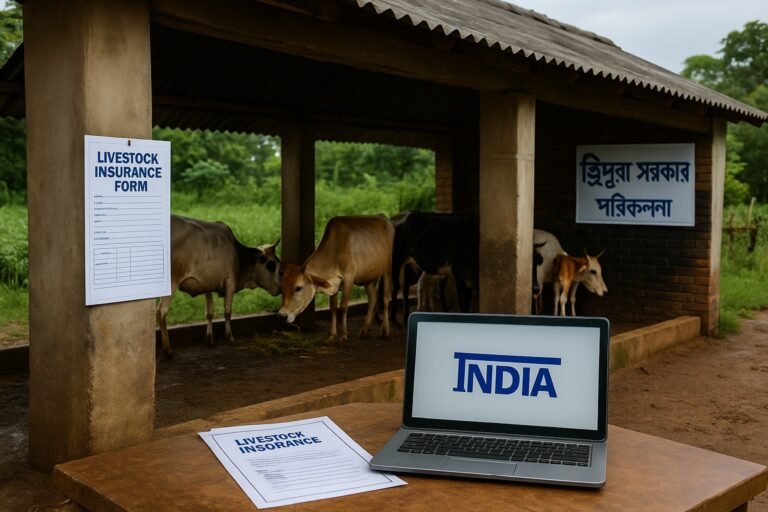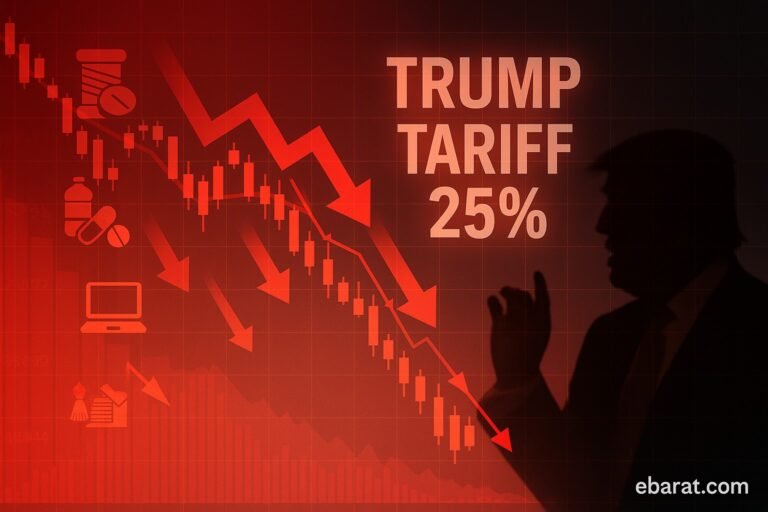
In India, where a large portion of the population still struggles with daily financial security, microinsurance has emerged as a powerful tool to provide basic safety to the most vulnerable. From rickshaw pullers to small-scale farmers, microinsurance is helping people safeguard themselves against life’s uncertainties — one small premium at a time.
Let’s break down what microinsurance really is, why it matters, and how it’s changing lives across India.
What Is Microinsurance?
Microinsurance refers to low-premium, low-coverage insurance policies designed specifically for people with limited income. These policies cover risks like hospitalization, accidental death, disability, crop loss, livestock damage, and even funeral costs — all for a premium that’s affordable, often less than ₹1–₹10 per day.
Microinsurance products are simpler than traditional insurance and come with easy claim processes to ensure accessibility for those without formal education or banking knowledge.
“For a deeper understanding of long-term insurance solutions, readers may also refer to our detailed comparison of whole life, term, and endowment plans.”
Who Needs Microinsurance the Most?
Microinsurance targets individuals and families who:
- Live below or around the poverty line
- Work in unorganized sectors like agriculture, construction, domestic work, or street vending
- Have little or no access to formal insurance
- Cannot afford premiums for standard health or life policies
For example, a vegetable vendor earning ₹300/day may not afford a ₹5,000 annual policy — but a microinsurance plan offering ₹2 lakh coverage at ₹20/year (like PMSBY) fits within reach.
Popular Microinsurance Schemes in India (2025)
1. PMJJBY (Pradhan Mantri Jeevan Jyoti Bima Yojana)
- Coverage: ₹2 lakh for natural or accidental death
- Premium: ₹436/year
- Eligibility: 18–50 years with a bank account
2. PMSBY (Pradhan Mantri Suraksha Bima Yojana)
- Coverage: ₹2 lakh for accidental death/disability
- Premium: ₹20/year
- Eligibility: 18–70 years with a bank account
3. AABY (Aam Aadmi Bima Yojana)
- For landless households in rural areas
- Covers: Accidental death, disability, and natural death
- Premium: ₹200/year (often subsidized)
4. State-Level Livestock and Crop Insurance
- Targeted at farmers
- Premiums subsidized by central/state government
- Covers crop failure, flood, drought, pest attack, etc.
Why Microinsurance Is Growing Fast in 2025
Increased Mobile Penetration
Digital enrollment and premium payment through UPI and Aadhaar-linked bank accounts make microinsurance more accessible than ever before.
Government Push
The Indian government and IRDAI are actively promoting financial inclusion. More awareness campaigns and integrations with welfare schemes have increased rural participation.
Insurance Companies See Opportunity
With vast untapped markets in Tier 2, 3 towns and villages, insurers are designing new microinsurance products tailored to local needs — including hospital cash, maternity cover, and mobile-based health cards.
Covid-Era Lessons
The pandemic showed how quickly life can change, even for the poorest. Families that faced medical or death expenses without a backup now view microinsurance as a small but powerful tool of protection.
Challenges Still Remain
- Lack of awareness in remote areas
- Complex paperwork (though improving)
- Delayed claim settlements in some regions
- Mistrust or past negative experiences with intermediaries
What’s Next for Microinsurance in India?
The future is promising. In fact, by the end of 2025, IRDAI is expected to mandate simplified bundled microinsurance plans combining life, health, and accident cover under one umbrella policy — all digitally accessible.
Also, fintech companies and rural banks are stepping up to bring these products directly to doorstep via mobile agents and Social media.
Microinsurance may not offer massive payouts, but for millions of Indian families, it provides peace of mind that’s otherwise unaffordable. As India continues its push toward inclusive growth, microinsurance is more than a financial product — it’s a bridge to dignity, resilience, and hope.












